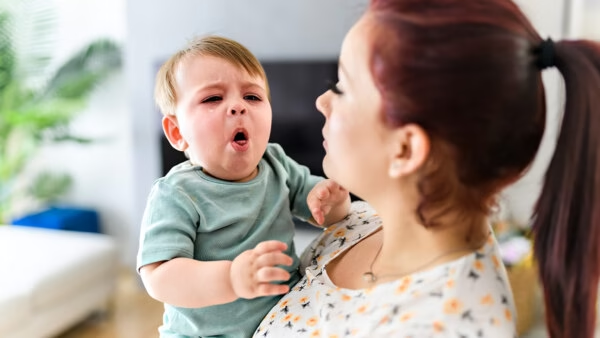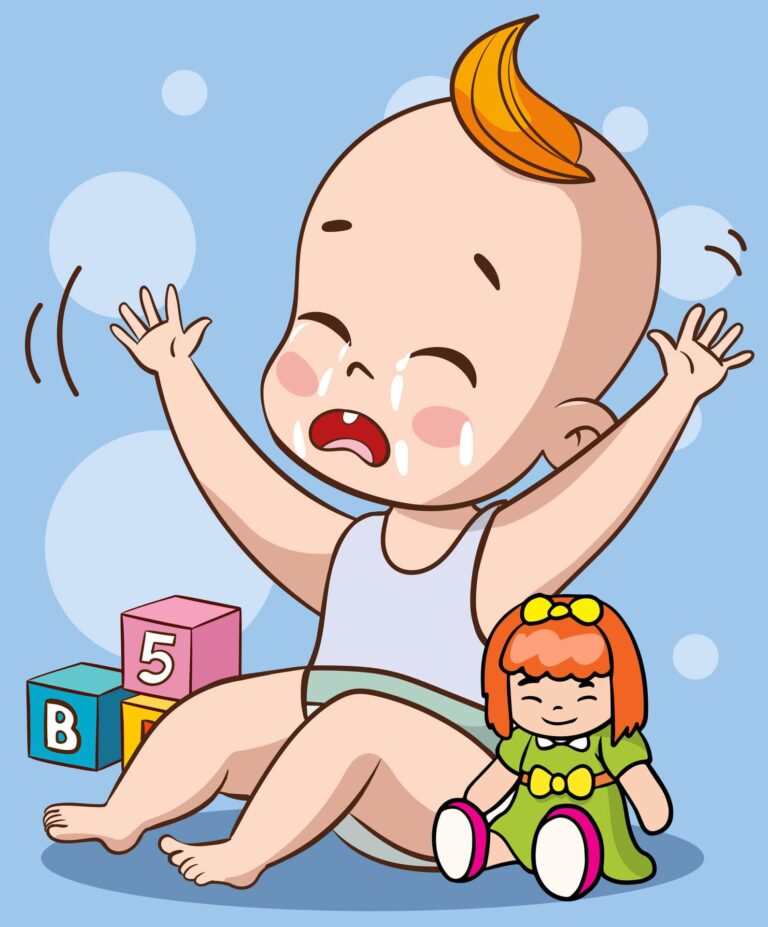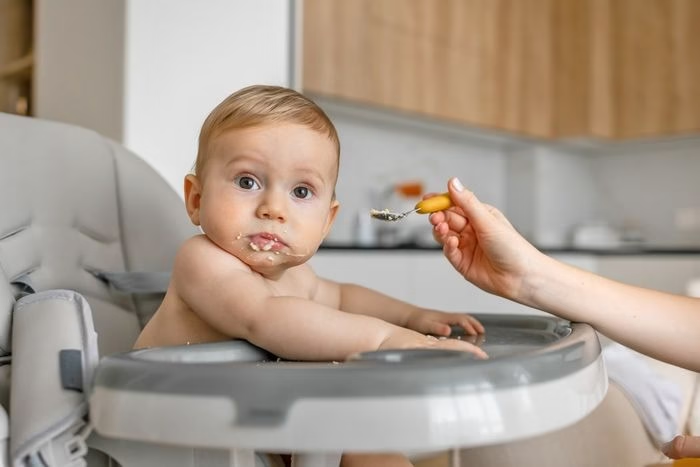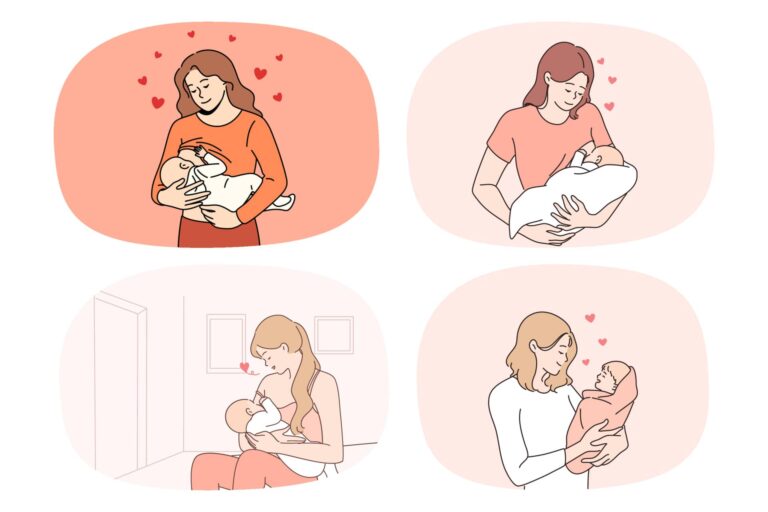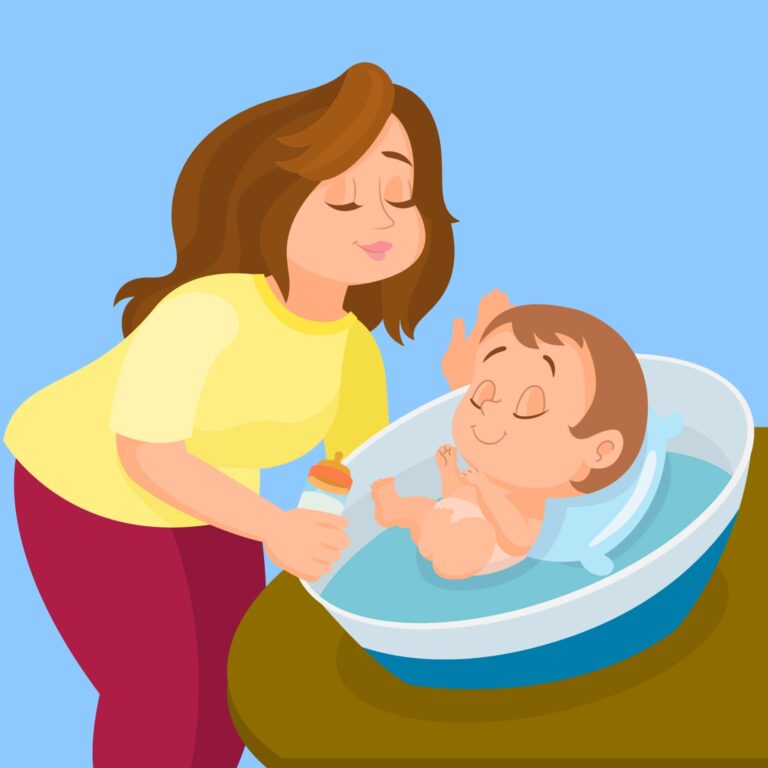What Does Whooping Cough Sound Like in Infants: Key Clues
Whooping cough in infants often produces a high-pitched “whooping” sound after a coughing fit. This sound happens as the infant struggles to inhale.
Whooping cough, also known as pertussis, is a highly contagious respiratory illness particularly dangerous for infants. It is characterized by severe coughing spells that can interrupt breathing, eating, and sleeping. The cough may persist for weeks and is famous for the distinctive whooping noise following a coughing fit, signaling a struggle to breathe.
Early detection and vaccination are crucial for prevention. Pertussis in infants can be severe, and it’s important for caretakers to recognize symptoms early and seek medical attention promptly. As infants are more vulnerable, pertussis vaccinations are essential for protecting them against this potentially life-threatening condition.
Recognizing The Symptoms Of Whooping Cough In Infants
Recognizing the Symptoms of Whooping Cough in Infants
Identifying initial indicators include a runny nose, mild cough, and low fever. Your infant may seem just a bit under the weather. This stage can last for one to two weeks before worsening.
Progression to severe coughing spells begin as the disease develops. Your infant’s cough becomes more intense and persistent. Each coughing spell usually ends with the characteristic “whoop” sound when drawing in breath. Infants may also display red or purple face during coughing and possible vomiting post-cough.
A Closer Listen To Whooping Cough
Whooping cough in infants often causes a distinctive high-pitched “whoop” sound. This sound occurs as the infant takes deep breaths after coughing fits. During these fits, the child may struggle to breathe. A whooping cough bout may also end with vomiting. Not all infants will make this sound, but it is a key sign.
Audio clips can help parents recognize this whoop. These clips often feature infants making a sharp inhalation noise after a severe cough. Parents can find these examples online, allowing them to compare with their own child’s cough. Understanding this sound can help spot whooping cough early. Early detection can lead to quicker treatment.
Differentiating Between Common Coughs And Whooping Cough
Whooping cough, also known as pertussis, creates a distinctive sound in infants. This cough comes in violent fits. Babies with whooping cough gasp for air with a “whooping” noise. The sound is more of a high-pitched gasp rather than a typical cough.
Other respiratory infections might cause a milder cough. Croup sounds like a bark and is caused by a virus. It differs from the bacterial infection causing whooping cough. The distinction is critical as vaccinations prevent whooping cough. Note that not all infants make the whooping sound.
Physical Responses To Whooping Cough In Infants
Infants with whooping cough might experience startling changes in complexion during severe coughing spells. Skin may turn red or purple, signaling difficulties in breathing.
Following these fits, post-cough vomiting can occur. It is not unusual for young ones to vomit after a prolonged coughing episode, as it exerts their bodies.
Considering The Time And Severity Of Coughing Episodes
Infants with whooping cough experience intense coughing at night. This cough is sharp and can be startling. Parents often notice the cough worsening after their babies go to sleep.
The duration of coughing fits varies. Some fits last a few minutes, others can persist longer. These episodes make babies struggle to breathe, leading to a high-pitched “whooping” sound. After coughing, babies might vomit due to the force of the cough.
Complications And Risks Associated With Infants
Whooping cough poses serious health risks for infants. It can lead to pneumonia, seizures, and brain damage. Very young babies might stop breathing or face death as a result. This disease is most harmful to those under 6 months old because they are not yet fully vaccinated.
Intense coughing attacks may result in feeding problems and dehydration. These challenges can harm an infant’s well-being. Frequent vomiting after coughing further increases the risk of dehydration.
Weight loss and hindered growth might also occur from frequent vomiting and feeding difficulties. Care for infants with whooping cough needs to be prompt and attentive.
Preventive Measures And Treatment Options
Vaccination is key to prevent whooping cough in infants. The DTaP vaccine protects them. Doctors give this shot at 2, 4, and 6 months of age. A booster is needed at 15 through 18 months and 4 through 6 years.
Full vaccination greatly reduces the risk of catching this serious illness. Babies too young for vaccination rely on ‘herd immunity’, where other people’s shots protect them.
Medical treatments for whooping cough include antibiotics to kill the bacteria. Hospital care might be needed for severe cases. Breathing support and keeping hydrated are important.
Frequently Asked Questions On What Does Whooping Cough Sound Like In Infants
How Do I Know If My Baby Has Whooping Cough?
Your baby may have whooping cough if they exhibit severe coughing fits followed by a high-pitched “whooping” sound when inhaling or vomiting after coughing.
How Do I Know If My Baby Has Croup Or Whooping Cough?
To differentiate croup from whooping cough, listen for a high-pitched “whoop” after coughing, indicative of whooping cough. Croup causes a barking cough, while whooping cough, a bacterial infection, may also involve vomiting after coughing spells.
How Can You Tell The Difference Between A Whooping Cough And A Cough?
Whooping cough, or pertussis, features severe coughing fits that often end with a high-pitched “whooping” sound during inhalation. Regular coughs do not produce this sound.
Conclusion
Recognizing the unique cough of whooping cough is crucial for infant care. It is often a high-pitched “whoop” following intense coughing fits. Early detection and treatment are vital. Remember, an infant’s cough can indicate serious health issues. Consult your pediatrician if a distinctive cough arises.
Stay informed and vigilant to protect the youngest and most vulnerable.
